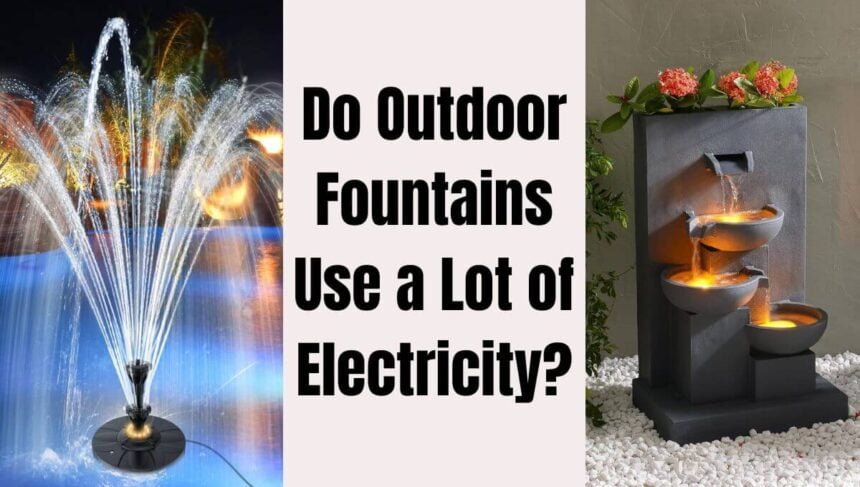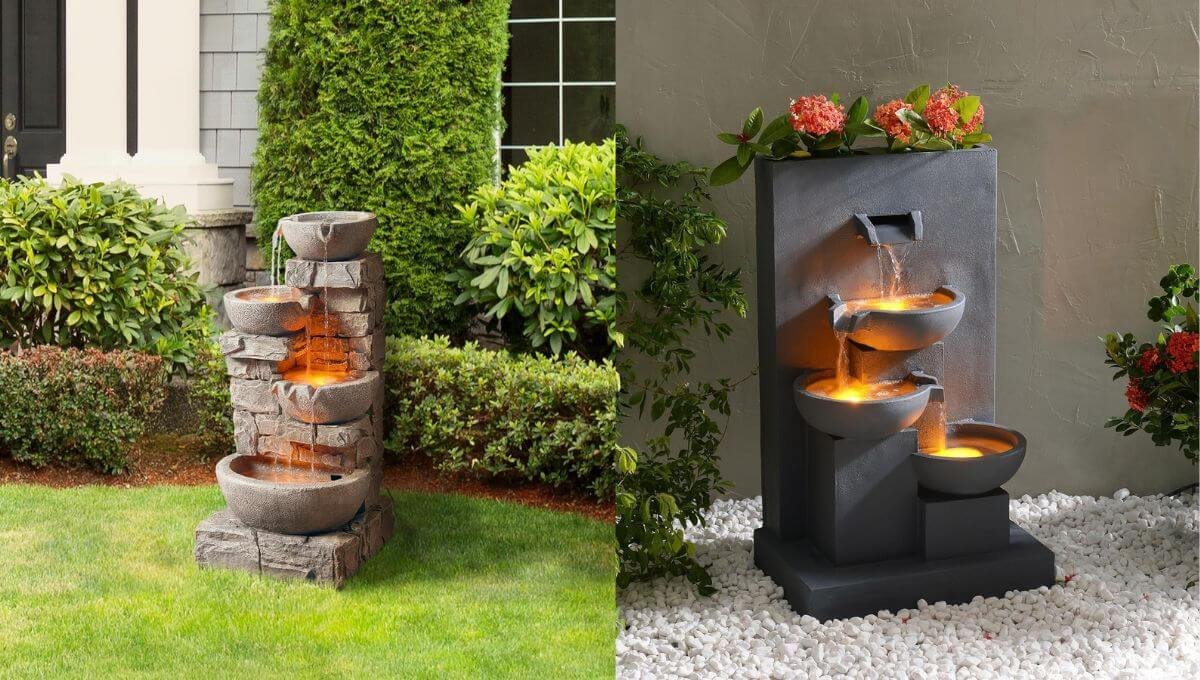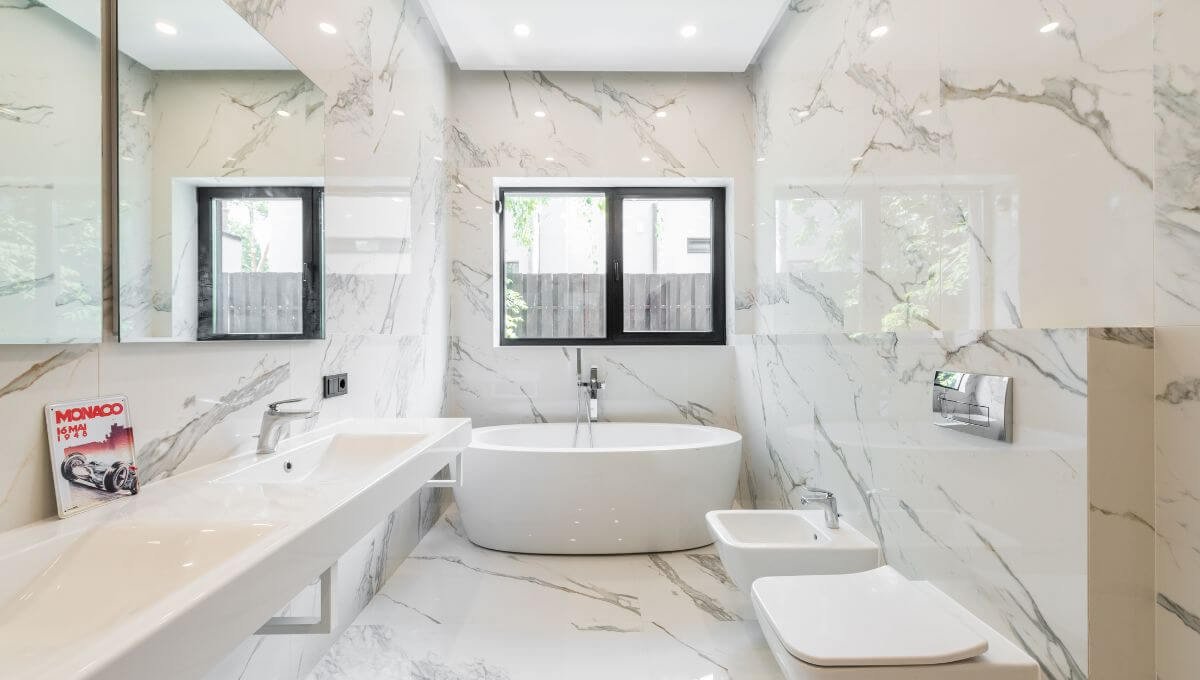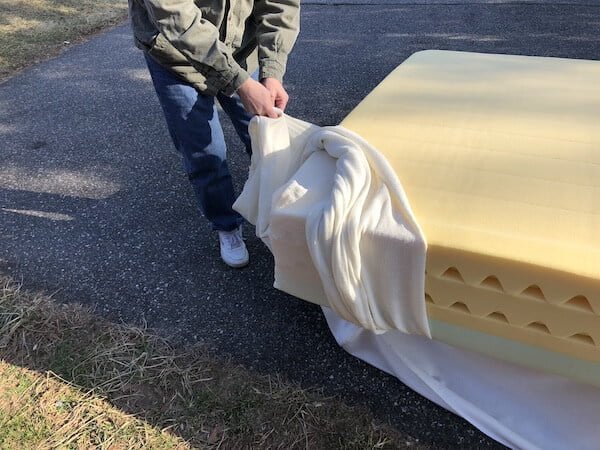Outdoor fountains are a beautiful addition to any garden, patio, or backyard, offering a tranquil and aesthetically pleasing element that can transform your outdoor space.
However, many people wonder about the electricity consumption of these charming water features.
In this article, I will explore the factors that influence the electricity usage of outdoor fountains, provide insights into how much electricity they typically use, and offer tips on how to make them more energy-efficient.
Understanding the Basics of Outdoor Fountains
Types of Outdoor Fountains
Outdoor fountains come in various shapes, sizes, and designs. Some common types include:
- Wall Fountains: These are mounted on walls and are ideal for small spaces.
- Freestanding Fountains: These can be placed anywhere in your garden or patio and are often larger and more elaborate.
- Pond Fountains: These are typically installed in garden ponds and can range from small bubblers to large, dramatic spray fountains.
Components of Outdoor Fountains
To understand electricity usage, it’s important to know the main components of an outdoor fountain:
- Pump: The heart of any fountain, the pump circulates water, creating the fountain’s flow and movement.
- Lighting: Many fountains come with integrated lighting to enhance their appearance at night.
- Heater: Some fountains, especially those in colder climates, may include heaters to prevent the water from freezing.
Electricity Usage of Outdoor Fountain Pumps
Pump Size and Capacity
The primary factor that determines the electricity consumption of an outdoor fountain is the pump. The size and capacity of the pump, measured in gallons per hour (GPH), play a crucial role. Generally, larger pumps with higher GPH ratings consume more electricity. For instance:
- Small Pumps (up to 100 GPH): These are typically used for small tabletop fountains and consume about 3-7 watts of power.
- Medium Pumps (100-500 GPH): Suitable for small to medium-sized outdoor fountains, these pumps consume between 10-30 watts.
- Large Pumps (500+ GPH): Used in large freestanding or pond fountains, these pumps can consume 30-100 watts or more.
Duration of Operation
The amount of time the fountain runs each day also affects electricity usage. If you run your fountain continuously, it will naturally use more electricity compared to running it for a few hours each day.
For example, a pump that consumes 50 watts running 24 hours a day will use 1.2 kWh (kilowatt-hours) per day. Over a month, this would amount to 36 kWh.
Energy-Efficient Pumps
Modern pumps are designed to be more energy-efficient. Look for pumps with Energy Star ratings or those specifically labeled as energy-efficient. These pumps use less electricity while still providing sufficient water flow for your fountain.
Additional Electricity Usage: Lighting and Heating
Fountain Lighting
Many outdoor fountains feature integrated lighting, often using LED lights. LEDs are highly energy-efficient, consuming far less electricity than traditional incandescent bulbs.
A typical LED light in a fountain might use only 1-10 watts. If your fountain has multiple lights or more powerful bulbs, the electricity usage will be higher, but it is still relatively low compared to the pump.
Heating Elements
In colder climates, some fountains have heaters to prevent the water from freezing. These heaters can significantly increase electricity consumption.
A small heater might use 100-300 watts, while larger heaters can use 500 watts or more.
The heater will not run continuously but will cycle on and off to maintain the water temperature, thus affecting overall electricity usage.
How to Calculate the Cost of Running an Outdoor Fountain
To estimate the cost of running your outdoor fountain, you need to consider the wattage of the pump, lighting, and any heating elements, as well as the number of hours per day the fountain operates.
Step-by-Step Calculation
- Determine Total Wattage: Add the wattage of the pump, lighting, and heater.
- Calculate Daily Usage: Multiply the total wattage by the number of hours the fountain operates each day. Convert this to kilowatt-hours (kWh) by dividing by 1,000.
- Estimate Monthly Cost: Multiply the daily kWh by the number of days in a month, then multiply by your electricity rate (in cents per kWh).
For example, if your fountain has a 50-watt pump running 12 hours a day, 10 watts of lighting running 6 hours a day, and no heater:
- Pump: 50 watts x 12 hours = 600 watt-hours (0.6 kWh)
- Lighting: 10 watts x 6 hours = 60 watt-hours (0.06 kWh)
- Total daily usage: 0.6 kWh + 0.06 kWh = 0.66 kWh
- Monthly usage: 0.66 kWh x 30 days = 19.8 kWh
If your electricity rate is $0.12 per kWh, the monthly cost would be:
- 19.8 kWh x $0.12 = $2.38
Tips for Reducing Electricity Consumption
Use a Timer
Installing a timer can help you control when your fountain operates, reducing unnecessary electricity usage. You can set the timer to run the fountain during peak viewing hours and turn it off at night or when you’re not around.
Choose Energy-Efficient Components
Opt for energy-efficient pumps and LED lighting. These components are designed to consume less electricity while maintaining performance.
Regular Maintenance
Keeping your fountain clean and well-maintained ensures that the pump and other components operate efficiently. A clogged or dirty pump has to work harder, using more electricity.
Solar-Powered Fountains
Consider using a solar-powered outdoor fountains. These fountains use solar panels to convert sunlight into electricity, completely eliminating operating costs. They are ideal for sunny locations and can significantly reduce your electricity bill.
Conclusion
Outdoor fountains do not necessarily use a lot of electricity, but the actual consumption depends on several factors, including the size and type of pump, the presence of lighting and heating elements, and the duration of operation.
By choosing energy-efficient components, using a timer, and considering solar-powered options, you can enjoy the beauty and tranquility of an outdoor fountain without worrying about high electricity costs.







